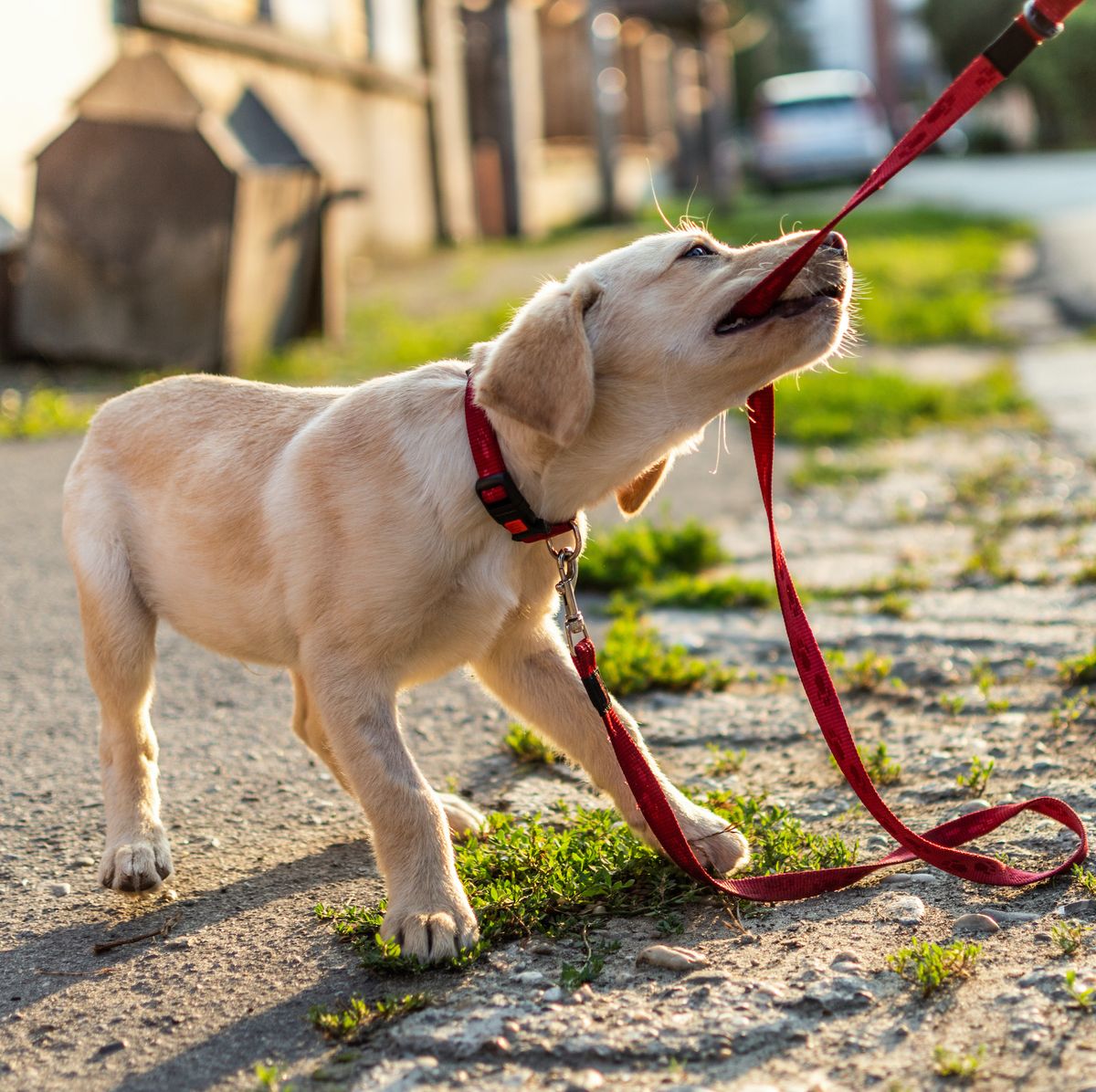Bringing home a new puppy is a magical time filled with cuddles, curiosity, and plenty of “aww” moments. But if you’re feeling a bit overwhelmed, you’re not alone. It’s completely natural to wonder, “Where do I even start?”
While every puppy is wonderfully unique – shaped by their genetics, early experiences, and even their mother’s temperament – there are several key lessons that will help set your pup up for long-term success and ease their transition into your home.
Let’s walk through the first things to teach your puppy to ensure their introduction to family life is a confident and positive one.
1. Bonding – Be the Centre of Their World
Forget rushing into formal training just yet. In the first few weeks, your main job is to become the person your puppy trusts, follows, and adores.
Your puppy is learning who you are. They’re discovering that you’re safe, reliable, and the source of all the good things – food, comfort, play, and fun. That trust becomes the foundation for everything that follows.


Here’s how to build that connection:
- Take turns with family members during mealtimes, walks, and basic care so your puppy learns to bond with everyone.
- Let children help in safe ways – such as filling food bowls or giving gentle treats.
- Mark and reward calm or desirable behaviours often – even something as simple as sitting patiently or checking in with you.
A connected dog is an attentive dog. When your pup feels secure with you, they’ll be far more open to learning, exploring, and cooperating.
2. Socialisation – Teaching Your Puppy That the World is Safe
The socialisation window – roughly from 3 to 16 weeks – is a once-in-a-lifetime opportunity to help your puppy form positive impressions of the world. But it’s not about flooding them with experiences. It’s about offering safe, gentle, and varied exposure.
Some ideal socialisation experiences include:
- Meeting people of all ages and appearances
- Calm introductions to friendly, vaccinated dogs
- Exploring different surfaces: gravel, wet grass, polished floors
- Exposure to common sights and sounds: pushchairs, bikes, hoovers, doorbells
- Gentle observation of livestock or cats, if they’ll encounter them in future life
Pro tip: If your puppy looks worried, don’t force interaction. Give them distance, let them observe, and use treats to create positive associations.
Note: Avoid places with heavy dog traffic (e.g. dog parks, busy pet shops) until vaccinations are complete. Socialisation isn’t worth risking your pup’s health.
3. Crate Training & Toilet Training – Your First Real Routine
Toilet training and crate training go hand-in-hand. Done well, they teach your puppy about routines, boundaries, and self-regulation – all crucial life skills.
Your starter plan:
- Clean up mistakes with an enzymatic cleaner and move on – punishment after the fact confuses puppies.
- Stick to a regular feeding schedule (no free-feeding).
- Take your pup out: After eating or drinking, after playing, and after waking up /naptime.
- Supervise closely; don’t give full run of the house.
- Use baby gates or a playpen to limit space.
- Crate your pup during naps or when unsupervised – it helps prevent accidents.
- Interrupt accidents gently (a clap, not a scold), take them outside, and reward for finishing in the right spot.
3. Hand Targeting – The First ‘Game’ to Play
This simple exercise teaches your puppy to interact with hands in a positive way. It’s fun, builds confidence, and lays the groundwork for recall, loose lead walking, and focus.
How to teach it:
- Present your open hand near your puppy’s nose.
- When they touch it, mark (with a click or “yes!”) and reward.
- Repeat until your pup actively bops your hand with their nose.
- Add a cue like “touch” once they’re reliably offering the behaviour.
It’s easy for kids to join in, and hand targeting is a perfect “go-to” behaviour in many training scenarios.
Recall – Coming When Called Starts Now
Puppies are naturally inclined to follow us, making this the perfect time to build a rock-solid recall before distractions become too tempting.
Your first recall steps:
- Start indoors in a quiet area.
- Say your puppy’s name, then your chosen cue (“come!” or “here!”).
- Use an excited voice, crouch down, and encourage them with movement.
- Reward generously – think cheese, chicken, sausage – this is big stuff!
Once that’s reliable, make it a game:
- Take turns calling your pup between family members.
- Add in gentle restraint and release to build anticipation and energy.
- Gradually progress to busier areas, using a long line for safety.
A good recall isn’t just about obedience – it’s about trust, fun, and safety.
Final Thought: You’re Building More Than a Dog – You’re Building a Relationship
In these early weeks, you’re not just training behaviours – you’re shaping a life. Every experience your puppy has helps create the adult dog they’ll become. Focus on trust, consistency, and joyful learning, and you’ll be well on your way to having a calm, confident, and connected canine companion.
Looking for help with your puppy’s first steps?
Find one of our local Professional Dog Trainers near you today.
